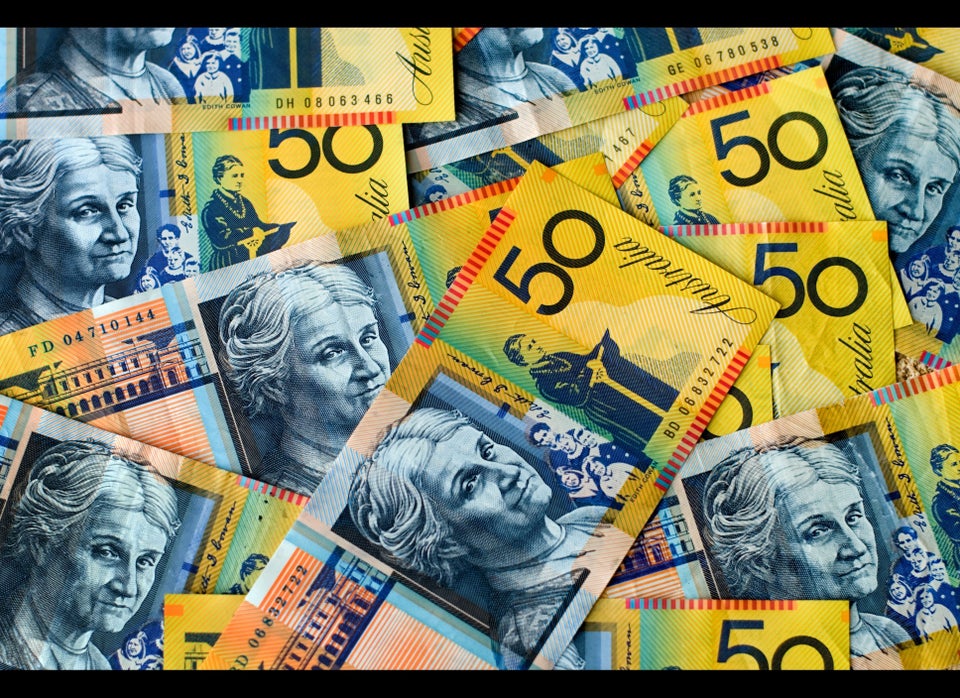A small printing error is presumably proving very costly for the U.S. government after a currency factory ruined a batch of 30 million next-generation $100 bills.
Originally slated to go into circulation in 2011, the new bills have experienced a variety of setbacks, the latest of which involves a printing mistake known as "mashing."
Darlene Anderson, a spokeswoman for the Bureau of Engraving and Printing (BEP), told The New Yorker that mashing involves applying too much ink to the paper and happens "infrequently." Still, the error has forced the Federal Reserve to return tens of millions of notes back to the Washington, D.C., facility and demand its money back, according to the report. The returned notes will be re-inspected, and any flawed bills will be destroyed.
The mistake was discovered during a routine inspection, Anderson told ABC News. Inspectors noticed ”too much ink was used to print a small number of notes. As a result the ink in these notes didn’t stay in the area it was intended for.”
Despite the snafu, the new $100 bills will be introduced as planned on Oct. 8.
However, The New Yorker reports that an internal memo sent by BEP director Larry Felix noted that the nation's currency factory in Texas would have to work overtime to make up for the other facility's mistake.
“There are dire consequences involved here because BEP sells Federal Reserve notes to the Board to finance our entire operation,” Felix wrote in the memo. “If the BEP does not meet the order, the BEP does not get paid.”
When the new bills are released, they will include small 3-D pieces embedded in the paper, a color-shifting Liberty Bell design and a new secret message in Ben Franklin's collar. The features are designed to make the bills harder to counterfeit.
While the government has been cagey in terms of describing just how much this latest error will cost, at least it doesn't have an apparent odor issue on its hands: Many Canadians believe their country's new $100 notes smell like maple syrup.
Clarification: Language has been amended to reflect that not all of the 30 million returned bills will be destroyed.
